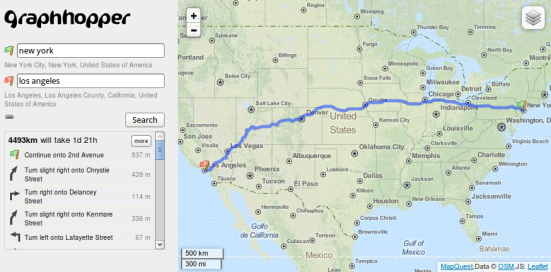Big ideas for Traversals/DSLs/OLAP in TinkerPop 3.2.0 by Marko A. Rodriguez.
Marko posted a not earlier today that reads in part:
There is currently no active development on TinkerPop 3.2.0, however, in my spare time I’ve been developing (on paper) some new ideas that should make traversals, DSLs, and OLAP even better.
Problem #1: The Builder pattern for TraversalSources is lame. [https://issues.apache.org/jira/browse/TINKERPOP-971]
…
Problem #2: It is not natural going from OLTP to OLAP to OLTP to OLAP. [https://issues.apache.org/jira/browse/TINKERPOP-570]
…
I mention this because it has been almost seven (7) hours since Marko posted this note and its not like he is covered up with responses!
Myself included but I’m not qualified to comment on his new ideas. One or more of you are. Take up the challenge!
TinkerPop, the community and you will be better for it.
Enjoy!

